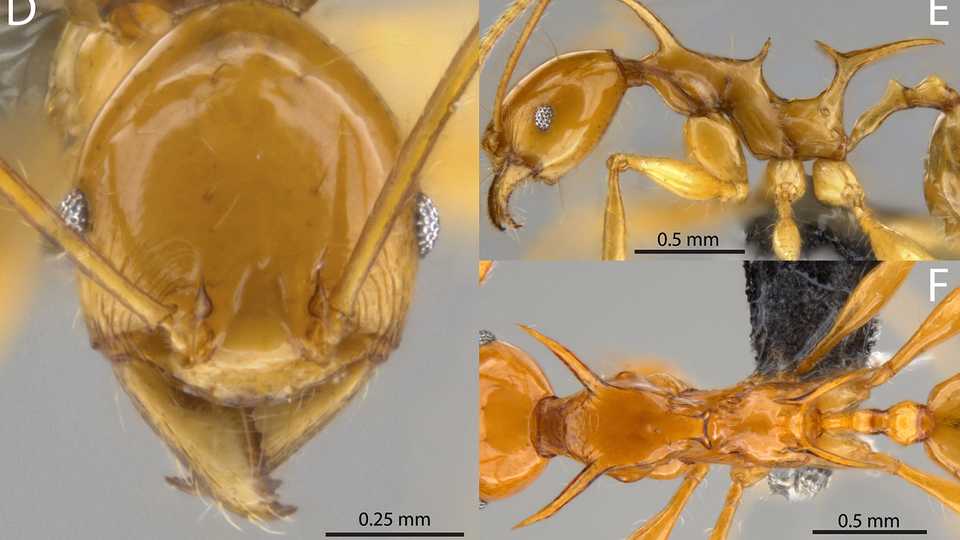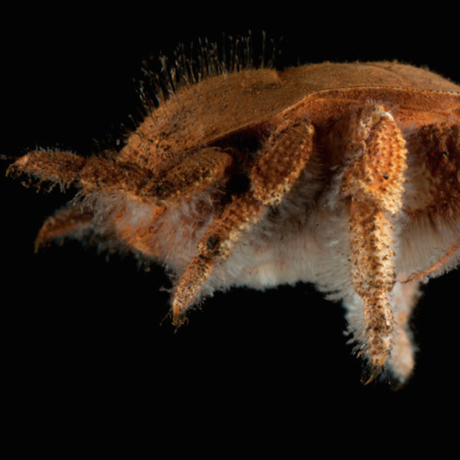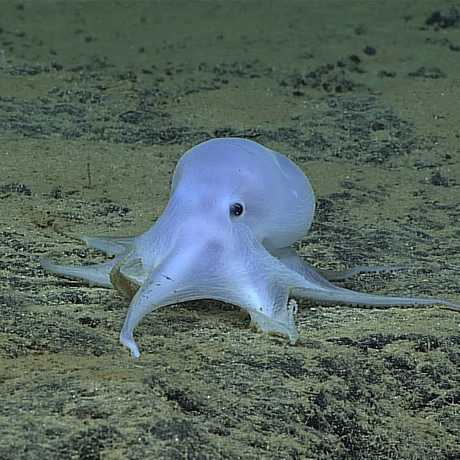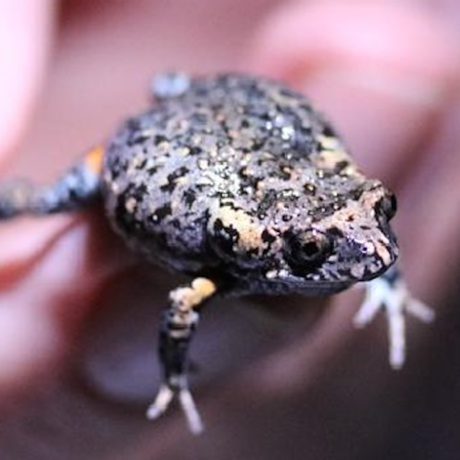Science News
New Discoveries: Beaked (Raven) Whale, Venomous Snake and More

New Discoveries is a collaboration between Stanford and Academy scientists and staff, appearing on the second and fourth Wednesdays of every month. Here we celebrate new species publications and demonstrate how much more there is to learn about life on Earth.
New beaked whale
It seems impossible, but it’s true. Scientists have discovered a new species of beaked whale (as yet unnamed!) from the northern Pacific Ocean. Japanese whalers, who can legally catch Baird’s beaked whales, already call these smaller, black whales “karasu,” the Japanese word for raven (apt for Corvid Week), when differentiating them from their gray-bodied peers. In 2014 scientists found a dead black beaked whale on St. George Island in the Bering Sea. When it did not match any known species, they sent samples to Phillip Morin of NOAA’s Southwest Fisheries Science Center. With DNA analysis of that animal and of 178 beaked whale specimens from around the Pacific Rim, Morin and his colleagues found several examples of the new species. “The implication of a new species of beaked whale is that we need to reconsider management of both species to be sure they're sufficiently protected, considering how rare the new one appears to be,” says Morin’s co-author Erich Hoyt. “Discovering a new species of whale in 2016 is exciting but it also reveals how little we know and how much more work we have to do to truly understand these species.”
New venomous snake
Costa Rica's reputation as a biodiversity hotspot just got a small boost. An international team from Florida, Texas, and Costa Rica recently described a new snake species, Bothriechis nubestris. The Talamancan palm-pitviper lives in rainforest trees, where its green and black color helps keep it camouflaged. The team is studying the snake in hopes of isolating new proteins from its venom. In fact, its sister species, the black-speckled palm-pitviper, was recently found to possess a neurotoxin identified only in rattlesnakes. So far the Talamancan palm-pitviperake is known from one small area of the Talamancan Cordillera, a mountain range found on Costa Rica's border with Panama. The snake is described in a new issue of the journal Zootaxa.
Game of Thrones Ants
If life gives you dragon ants, you must name them after the dragons in the book and television series Game of Thrones, right? Pheidole viserion and Pheidole drogon are two new species of ants in Papua New Guinea, described today in PLoS ONE. They join over 1,000 species in genus Pheidole, and like their relatives have enormous heads and jaws to break up large food items. Using a new technique called micro-CT, the researchers were able to dive deeply into these new specimens, finding strong dorsal spines. The scientists believe these spines might be used to hold those massive heads up.
Image of Pheidole viserion minor worker: Masako Ogasawara


